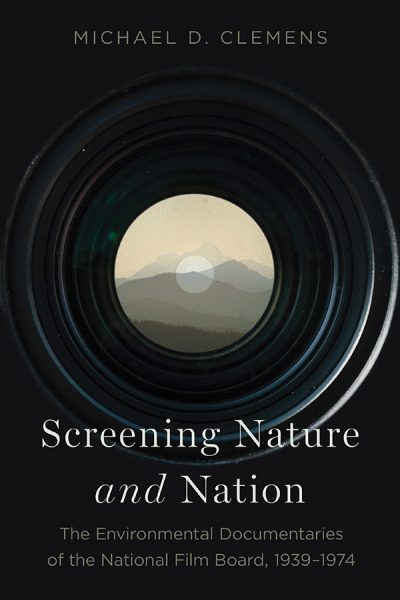Reel Time Movie Exhibitors and Movie Audiences in Prairie Canada, 1896 to 1986
Robert M. Seiler and Tamara P. Seiler

Subjects: Canadian History, Cultural Studies, Film
Imprint: AU Press
The stunning portrayals of the Canadian landscape in the documentaries produced by the National Film Board of Canada not only influenced cinematic language, but shaped our perception of the environment. In the early days of the organization, nature films produced by the NFB supported the Canadian government’s nation-building project and show the state as an active participant in the cultural construction of the land. By the mid-1960s however, films like Cree Hunters of Mistassini and Death of a Legend were asking provocative questions about the state’s vision of nature. Filmmakers like Boyce Richardson and Bill Mason began to centre the experiences of First Nations people, contest the notion that nature should be transformed for economic gain, and challenge the idea that the North is a wild and empty landscape bereft of civilization. Author Michael Clemens describes how films produced by the NFB broadened the ecological imagination of Canadians over time and ultimately inspired an environmental movement.
An insightful analysis of several underexplored but historically significant NFB nature documentaries and science films. Based on archival research, primarily from the National Film Board Archives, media scholars will undoubtedly be interested in his discussions of key individuals in Canadian film history, such as Laura Boulton, Evelyn Cherry, Radford “Budge” Crawley, Larry Gosnell, and Dalton Muir.
American Review of Canadian Studies
This work is licensed under a Creative Commons License (CC BY-NC-ND 4.0). It may be reproduced for non-commercial purposes, provided that the original author is credited.